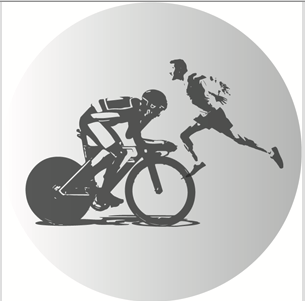 Smart Citations
Smart CitationsSee how this article has been cited at scite.ai
scite shows how a scientific paper has been cited by providing the context of the citation, a classification describing whether it supports, mentions, or contrasts the cited claim, and a label indicating in which section the citation was made.
The role of age on neuromuscular performance decay induced by a maximal intensity sprint session in a group of competitive endurance athletes
Age-related changes in the neuromuscular system functions may affect profoundly high-level athletes' performance across their careers. The present study aimed to analyse the fatiguing effect of a maximal intensity sprint session (MISS) on competitive athletes of different ages. Thirty-one competitive endurance athletes completed a knee extensors and flexors' maximal-voluntary-isometric-contraction (MVC) test before and after a maximal-intensity-sprint-session (MISS) consisting of 4x15s Wingate-tests. The data have been stratified considering three age categories (18-28, n=11, 29-38; n=10; 39-43, n=10). Overall, both quadricep and hamstring muscles early and late rate of torque development (RTD) dropped significantly more than the maximal voluntary torque (MVT) (p<.05). Age had a significant effect on early RTD, with older athletes exhibiting greater RTD (p<.05). A significant effect of age also emerged for the changes in surface sEMG variables, in which the frequency spectrum variables dropped significantly more than the sEMG amplitude (RMS) (p<.05). The dynamics of changes in neuromuscular performance markers after a MISS suggested that getting older competitive athletes may potentially experience a greater loss in early explosive strength compared to maximal or late explosive strength.
Downloads
How to Cite
PAGEPress has chosen to apply the Creative Commons Attribution NonCommercial 4.0 International License (CC BY-NC 4.0) to all manuscripts to be published.

 https://doi.org/10.4081/ejtm.2022.10378
https://doi.org/10.4081/ejtm.2022.10378





